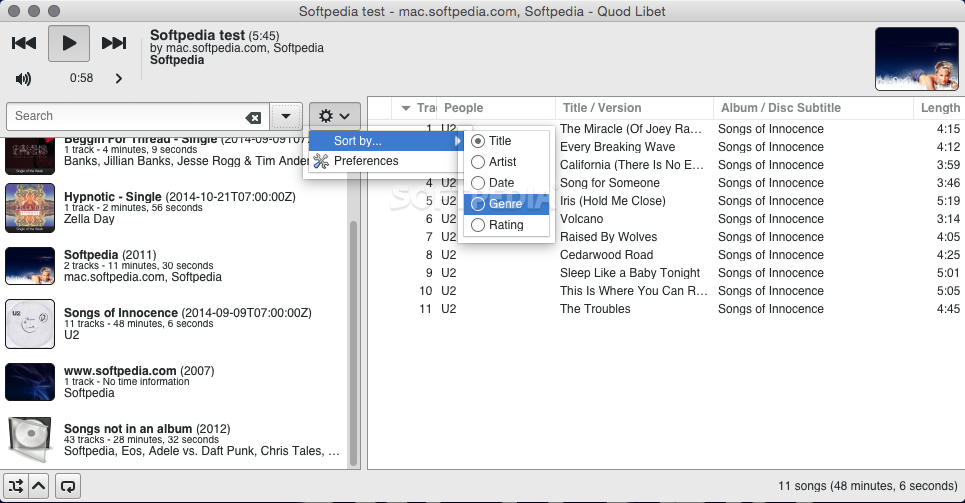

Consider a piece of code that computes the first element of a list of integers. This says that falsehood is analogous to a panic or an exception in a computer program. If something in the "false" equivalence class was shown to be equivalent to something in the "true" equivalence class, then that does the final collapse of two elements becoming one element, and everything is equivalent the vast collapse of accepting the excluded middle beforehand is what does most of the work.Ī third argument comes from the Curry-Howard correspondence. This drastic, global move expresses a sort of radical self-confidence "I will never make a mistake" or "Math will ever contain a mistake". Excluded middle means you're squashing all possible statements into two equivalence classes - everything that is true becomes equivalent, and implies every other truth, and everything that is false becomes equivalent, and implies every other falsehood, and also every truth. If there are only two possibilities, either it's true or it's false, then you're working with a simpler system than if there third possibilities like "it's self-contradictory" or "it's nonsense" or "neither it nor its negation are provable", or "both it and it's negation could be assumed without contradiction with anything else already established", or more exotic possibilities.

There are not many possible binary truth-functional connectives (the material conjunction, the material disjunction, exclusive or, some uninteresting constant and projection ones, and a couple asymmetric ones, one of which is the material implication), and the only one that sortof models "implies" is the material implication, so if you want to have a binary truth-functional sentential connective that also models implication, you gotta use material implication.Īnother logical tool that is easy to use is "excluded middle". That is, a connective "_ and _" is truth-functional if the only thing that matters to to it is the truth of the left and right hand side. One of the logical tools that is easy to use is "truth-functional sentential connectives". The way I understand it, mathematicians are interested in using logical tools that are easy to use. There are many variations of relevant logic, and some of them do not suffer from the ex falso quodlibet problem. This is a standard "paradox of material implication", which is one of the motivations of "relevant logic".


 0 kommentar(er)
0 kommentar(er)
